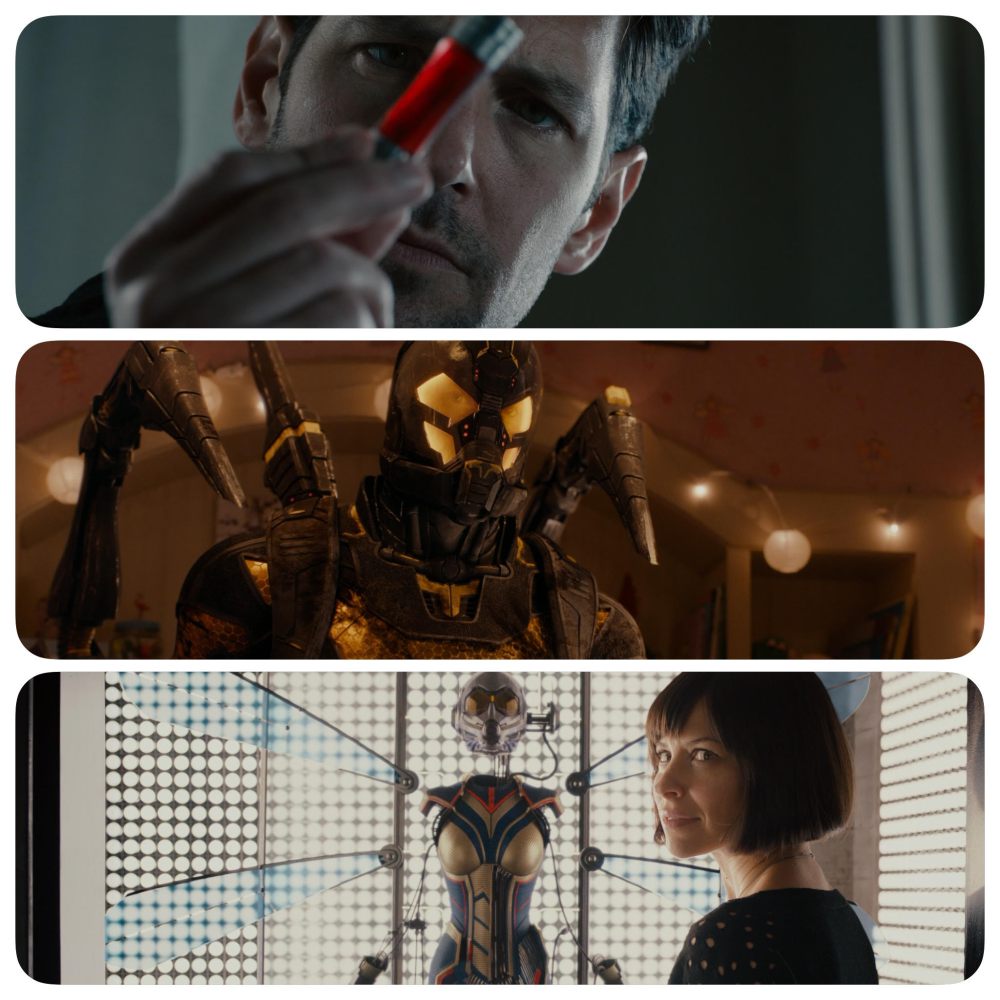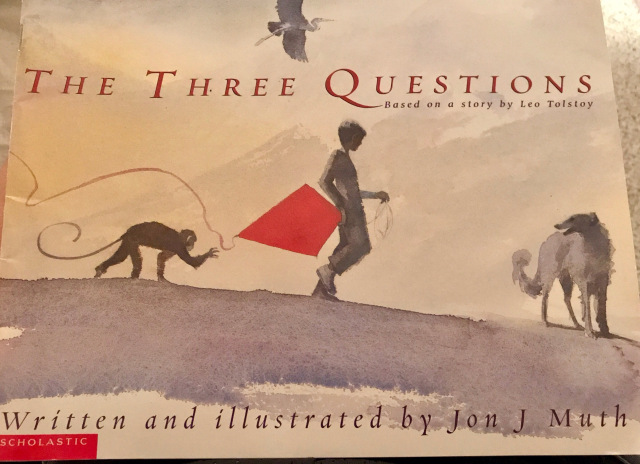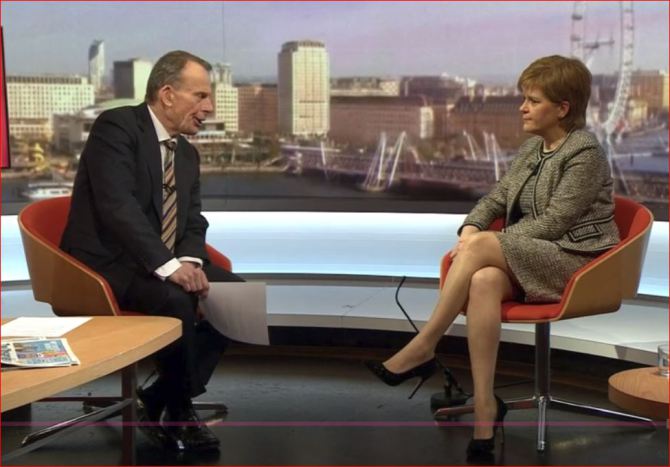Even the finest of banquets requires a palate-cleanser so that the richness of the meal isn’t ruined by a feeling of lingering heaviness. So it is that the final installment of the Marvel Cinematic Universe’s Phase 2 isn’t Avengers: Age of Ultron (which certainly feels like the climax of another meta-series of superhero movies) but the considerably more light-hearted Ant-Man, a fresh Marvel sub-franchise willing to admit that in a world under constant threat of total annihilation, it’s okay to have a superhero story where the stakes are about as small as they can possibly get.
Scott Lang is a skilled and charming professional thief who has done enough jail time to ruin his marriage and critically jeopardize his relationship with his young daughter, Cassie. But when Lang unknowingly steals a super-suit that enables its under to shrink to insect size and telepathically control with ants, he becomes part of a quest by the suit’s inventor and one-time wearer, Hank Pym. Pym, it turns out, was once a SHIELD agent along with his wife, Janet van Dyne. Code-named Ant-Man and the Wasp, they saved the world one pint-sized adventure at a time until the Wasp vanished during a mission that led to Pam’s retirement from superheroics, and estranged him from his daughter, Hope. Nowadays, Pym’s miniaturization technology has been hijacked by Pym’s former protege, Darren Cross, who intends to weaponize it and sell it to the highest bidder. What Pym needs is a thief, not a hero, so he and Hope train Lang to become the next Ant-Man so he can infiltrate Cross’s company, sabotage the whole place before the world is filled with miniature terrorists wearing Yellowjacket suits, and stop Cross in his tracks. For Pym, the world might be at stake, but for Lang, this is all about figuring out how to become the man and the father his ex and daughter have been waiting for.
Ant-Man is the perfect follow-up to all of the excellently executed heaviness of its various Phase 2 predecessors, allowing the audience to enjoy the relatively carefree energy that dominates other first-time Marvel movies, that are all about surface-level introductions powered by an appropriate level of flash and bang. What makes Ant-Man work so well, of course, is its hero’s likeability. Scott Lang is no ladykiller or national avatar or flawed noble or mysterious superspy. He’s a guy with more charisma than brains and more ambition than skill, the sort of fellow who’s good enough at something to get in over his head, and charming enough to make you forgive him every time he screws up. And not because he’s playing you, but because you know that deep down, he’s a decent guy who would do the right thing if he just knew what the right thing was. Ant-Man is the closest thing we’re likely to see to a story where somebody in the audience suddenly finds themselves pulled into the superhero business, and that’s a prospect that works far better than it has any right to.
One of the things that’s especially fun about this movie is how it plays with its extensive comic-book backstory. The character of Hank Pym is at the center of one of the greatest bits of unexpectedly heavy comic-book storytelling of yesteryear: an incident where he commits domestic abuse against Janet van Dyne, mainly for being a better superhero than he is. The moment Hank Pym arrives on screen, that baggage comes with him, even though the movie never touches that territory. But it knows long-timers are conditioned to wince at the mere screen presence of Pym, especially once we learn that things never ended well between he and his wife. And yet, it doesn’t mire the story within it, using the character of Lang to give everyone a first-timer’s access to all of this backstory while focusing on the here and now of the drama at hand: confronting a guy who is basically what you get if Steve Jobs became HYDRA’s chief technology officer. That is a master class in balancing audience expectations.
But the core of Ant-Man is the kind of harmless fun that people unfamiliar with comics expect from such things, and we get that in spades, whether it’s watching Lang traverse the risks of a mildly scummy bathtub, seeing Lang and Cross duke it out on a child’s train set, or learning what it might be like when a dog-sized ant invites itself to dinner. Throughout it all, Ant-Man explores the notion that a world with folks like Iron Man, the Hulk and Captain America is also going to have guys who can get small and talk to ants, over in the super-world’s equivalent of the slow lane. Yeah, it’s all kind of goofy, and our characters know it, but that’s what gives Ant-Man its charm. And for all of its many qualities, charm was perhaps the one thing the MCU could have used a little more of. No longer.
Perhaps that’s why the moment of truth here isn’t from Ant-Man himself, but from his fast-talking and attention span-challenged friend Luis as he explains in a frenetic kind of montage that the Avengers are interested in contacting Ant-Man. It’s the kind of attention Lang doesn’t want, but it’s information he needs, and it’s a story Luis can’t resist telling. In that, he’s a bit like anybody who ever walked out of a Marvel movie bursting with the desire to relay what just happened to all of their friends. When your best friend’s a superhero, wouldn’t you be talking at him at a thousand words a minute? You know you would. We all would. Those final moments of Ant-Man might be the most human scene of the MCU so far, If only we could get Luis to recap every Marvel movie like this.







